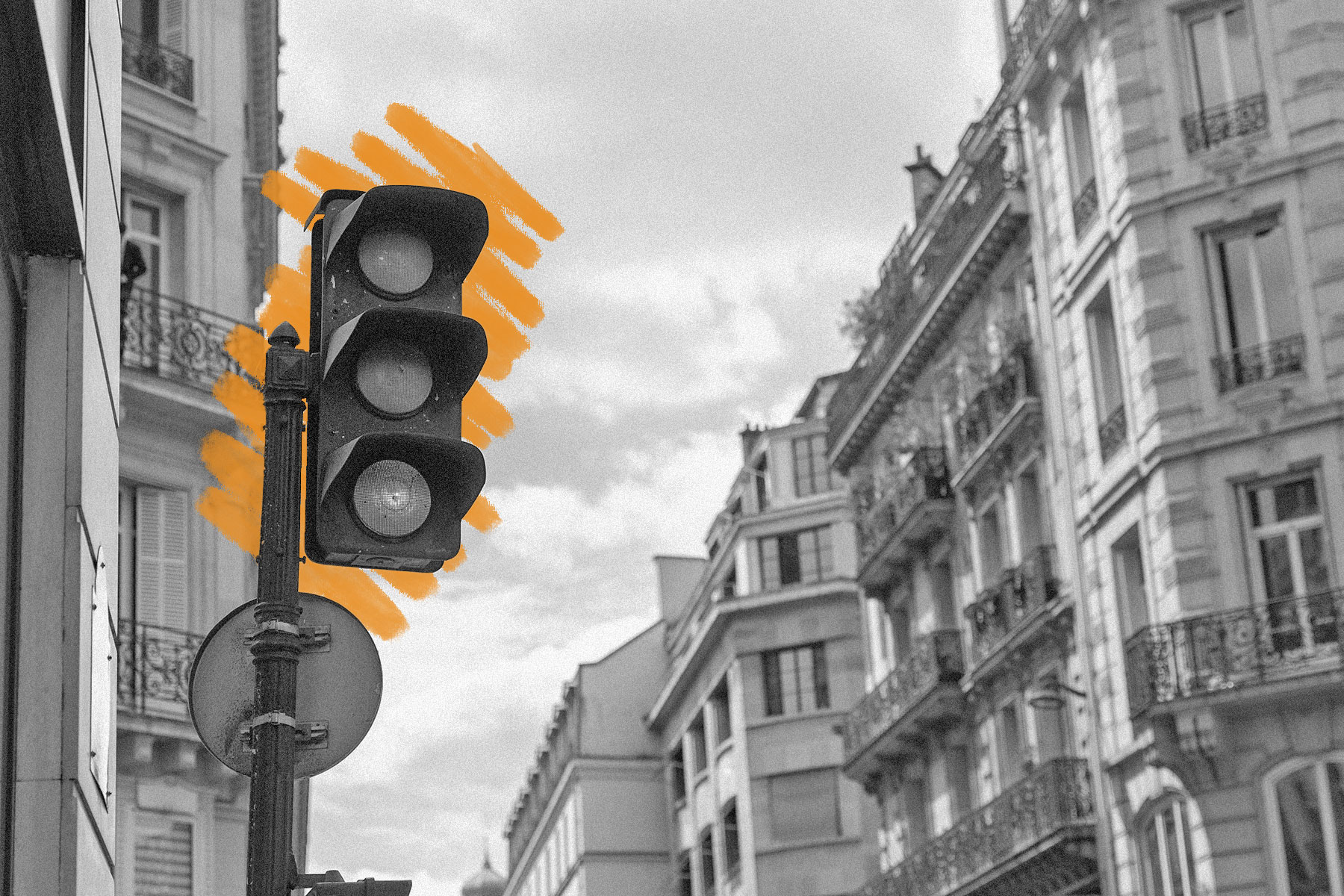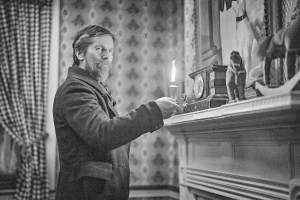The first traffic light was illuminated with gas lamps.
Traffic accidents were a problem long before motor vehicles dominated the road — pedestrians, horses, and carts all competed for the right of way, sometimes with fatal results. In fact, the first traffic signal in Britain predated cars: Railroad engineer John Peake Knight helped design signaling systems for trains, including semaphore signals, which employed a movable arm to indicate whether a train operator should stop. Knight proposed that these signals could work on city streets, too, with gas lamps for nighttime visibility.
After the plan received government approval, the first gas traffic light was installed in London on December 9, 1868, just outside the Houses of Parliament. This being Victorian England, it was ornately decorated, with a hollow cast-iron column adorned with gilding and acanthus leaves. Above the signal arms, an octagonal box with a pineapple finial contained red and green gas lamps. Automated lights were still several decades away, so the signal had to be manually operated by a police officer 24 hours a day. The light was successful at first, and drivers, for the most part, actually paid attention to it. But the very next month, a leaky pipe filled the hollow tower with gas and caused an explosion that severely injured the officer operating it. London didn’t get traffic lights again until electric lights were installed in 1929.
You may also like
Recommendations For You
-
01.
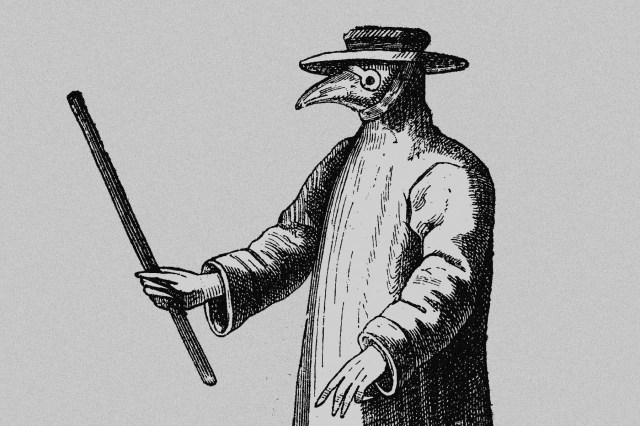 Science & Industry
Science & IndustryWhy Did Doctors Wear Beak Masks During the Bubonic Plague?
-
02.
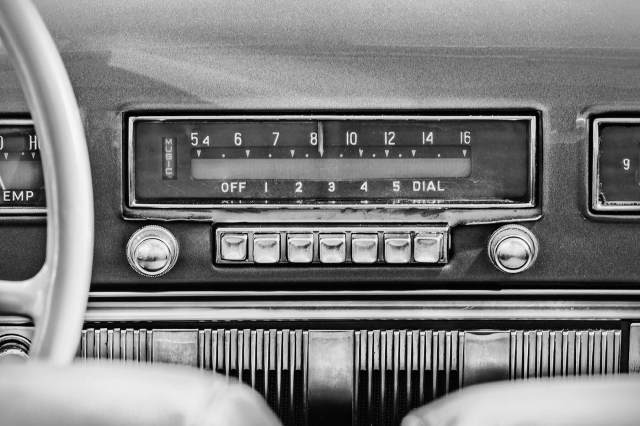 Science & Industry
Science & Industry5 Inventions That Came Out of the Great Depression
-
03.
 Science & Industry
Science & Industry6 Amazing Breakthroughs Made by the Ancient Greeks
-
04.
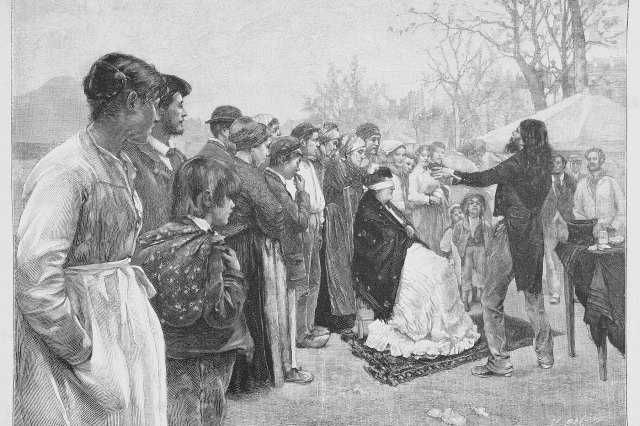 Science & Industry
Science & Industry6 Shocking “Scientific” Beliefs From Victorian England





